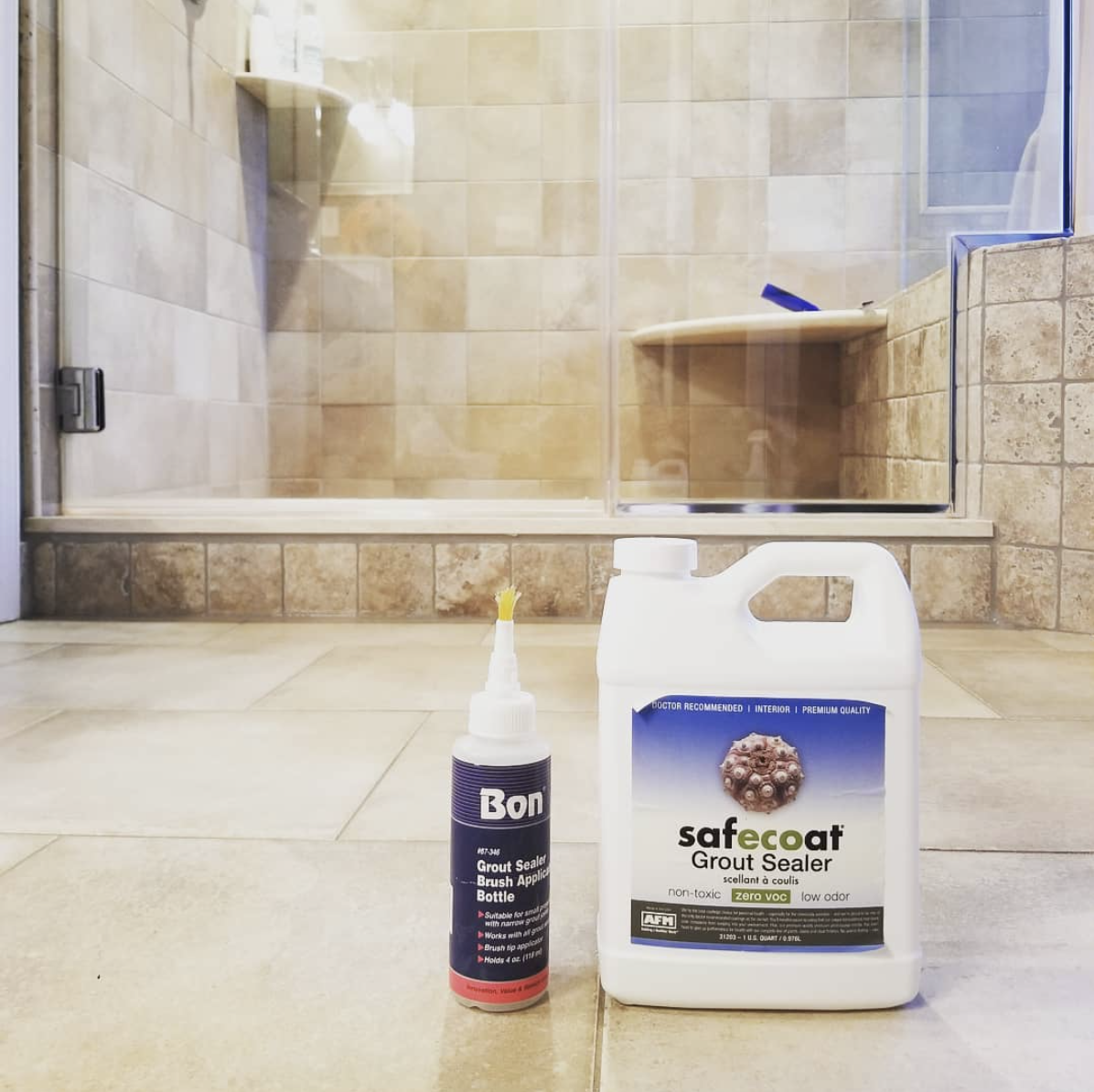Mold
A question I hear a lot is, “if there are molds outside, isn’t it unreasonable to expect our homes to be mold-free?” Yes and no. So yes, there is mold outside and yes it does enter our homes on our bodies and feet, but there is a significant difference between outdoor mold and mold from a water damaged building. Certain spores are more common in a water damaged building and some of these strains, like Stachybotrys (aka - black mold) are much more dangerous when they multiply uncontrolled in an indoor environment than the strains we are exposed to outside. It’s true that an outdoor mold can become elevated in a house for various reasons, but the more concerning strains and quantities come from water damaged buildings.
Our son’s worst PANS/PANDAS flare was triggered by exposure to mold, both in our home and at his school concurrently.
Remember that mold can be anywhere, not just in your home, but also in schools, libraries, therapy buildings, doctor’s offices, work places, even cars, RVs and boats, etc. They must all be considered if the person spends any time in the environment regularly.
Anyone and everyone with health issues involving the immune system should absolutely consider the possibility of mold in their environment, not just their home, but any environment frequented on a regular basis. About 25% of the population has a specific genetic haplotype in the HLA-DR genes, predisposing them to sickness from water damaged buildings. Their body doesn’t recognize mold toxins as foreign, causing these toxins to accumulate rather than being excreted. HLA-DR genes tell your body to make antibodies to fight toxins. Without them, your body could not remove these toxins. For these people, the antigens remain in the body causing global inflammation leading to multi-system symptoms known as CIRS (Chronic Inflammatory Response Syndrome). It doesn’t mean someone without this haplotype can’t get equally as sick with enough of an exposure, it just means someone WITH this genetic sequencing is more likely to get sick easier and more severely. Unfortunately, it is very common to have mold growing indoors, especially in newer style homes, because of the more recent building practices used. Sadly, this also means that having a new or newer home doesn’t mean you’ve escaped mold. In fact, I have seen plenty of photos of new construction framing lumber covered with mold from improper storage and handling.
Mold will begin to grow on a porous substrate within 24-48 hours of water exposure under the right conditions, if it is not properly ventilated and dried out. Keep this in mind when you have your next water emergency at home, having the recommended supplies below will help you prevent mold, if you respond quickly enough. So when you think back to “minor” leaks or floods, did you respond in time? Did you dry out the materials properly and quickly?
Mold is microscopic until it grows out of control, so just because you don’t see it, doesn’t mean it isn’t there. If you DO see it though, it’s a huge problem. Having no active and obvious leaks, doesn’t mean you are out of the woods either, because hidden leaks can be brewing inside walls without visibility. We had three of them, which probably began when our home was built based on the location and the extent of the damage. There were very tiny, dripping leaks behind the walls, and it wasn’t until the problem escalated under unique circumstances that we saw visible evidence of the leaks on the interior of the home. Once we dug into them, it was clear that these leaks had been going on for years, unbeknownst to us. To complicate matters, many homes are now being built with moldy lumber in the framing and all it would take is humidity over 50% to set the stage for mold growth, since the lumber was seeded with mold spores even before the home was built.
I have extensive experience with mold so if you are feeling confused about navigating mold investigation and remediation this would be a good time to join my private coached community FB group. It is $24.99 for the first month and $17.99 each additional month to maintain access to me for guidance and advice. You will be guided to document your health journey using my free living journal so you know that you’ve left no stones unturned. Pairing the journal and this website with my experience will ensure that you are tackling this from all sides, and SAFELY. With mold, safety must be a top priority!
Air purifiers
Clean air is imperative to health. The EPA ranks indoor air quality as a top five environmental risk to public health. EPA studies found indoor air pollutants were generally 2-5 times greater than outdoor pollution levels and in some cases, this soared to 100x greater! Many things contribute to this air pollution, like: poor ventilation, the use of air fresheners, chemical laden household cleaners, toxic paints, varnishes and furniture treated with fire retardants, mold biotoxins and so on.
DUST mold testing
These are at-home tests you can conduct yourself by swiping dust samples on a cloth that is sent to you by the company.
The standard method of testing in the industry is air captured, which is only a small representation of what is going on in your air, in that particular room, during only that particular moment in time. There are many heavier molds that don’t spend much time in the air and various conditions can effect testing. For example, Stachybotrys is a heavier mold and spends only about 90 seconds airborne. Considering this is also one of the most lethal water damaged building strains, you will want to consider testing that captures settled spores as well. The more ideal representation of the mold index of a home is captured by an ERMI test. It uses vacuum or fabric to swipe for sample collection from dust that has settled on surfaces in the home, and the results are much more accurate (assuming you captured the best samples possible), because they test for the DNA of the mold strains in the dust samples.
LAb testing for mold biotoxin illness
Although it is helpful to test the home environment for mold contamination, it is entirely possible for exposure to come from somewhere other than home. The best way to determine if you are dealing with mold exposure in any of your common environments is to test your body. Mold can grow on (finger and toenail fungus, skin problems) and in (thrush, ear infections, sinusitis, etc) the body. These are signs that the immune system is fighting and not winning!
It is important to consider any environment you frequent: offices, schools, gyms, libraries, stores, family homes, caregiver homes, boats, RVs and so on. If your home testing isn’t conclusive, but you suspect mold illness, or at least want to rule it out as a contributing factor to health problems, testing the body would be ideal.
Consider testing that includes:
Comprehensive panel of blood antibodies like IgG and IgA for different species of molds
GI tract - which would look like mold or yeast overgrowth since yeast and mold are essentially the same thing
Nasal culture - especially in humid climates where sinus problems are an issue
Mold toxin excretions from the body - including urine and blood
It’s estimated that 25% of the population has a genetic predisposition to mold sensitivity due to an inability to eliminate mold toxins. If you’d like to learn more about genetic testing for mold sensitivity, this article from Avoiding Mold should help you.























